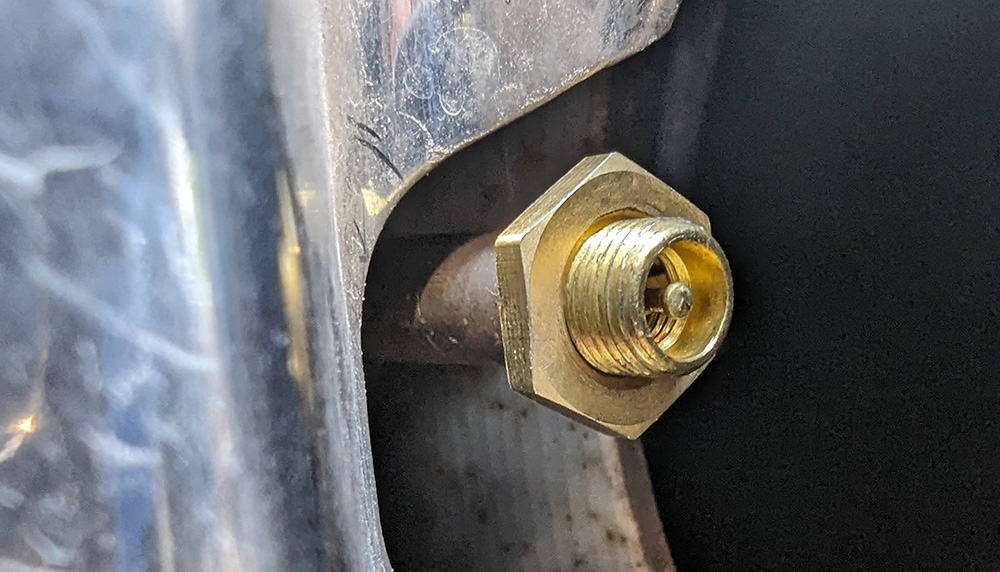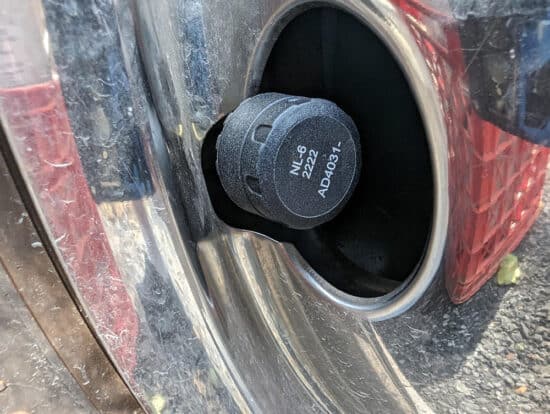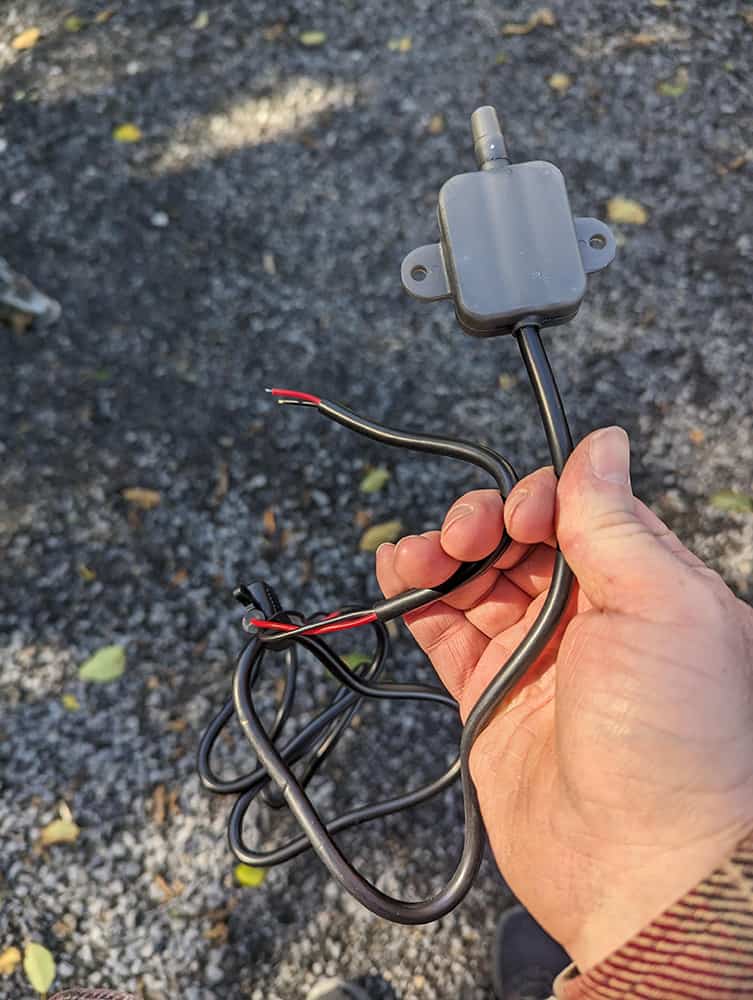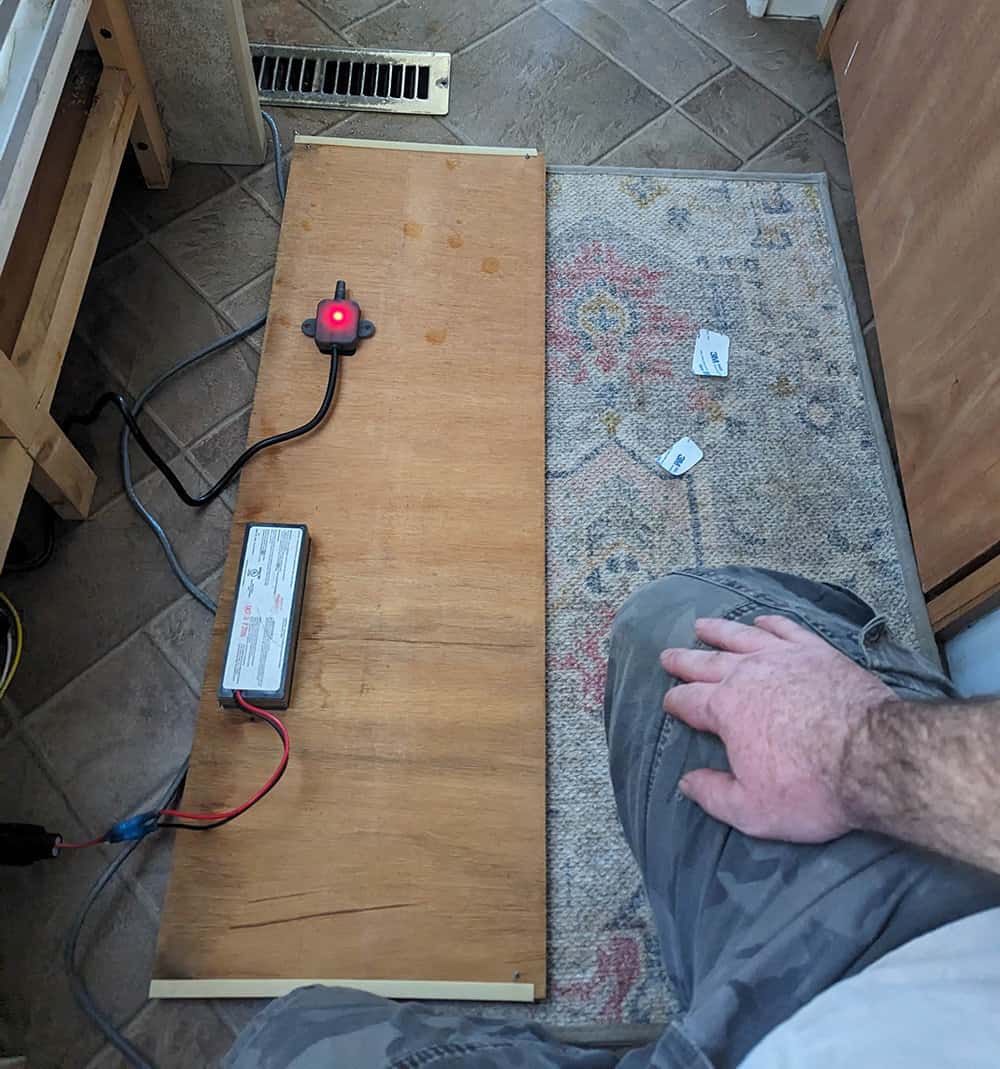RVing and the Call for Tire Safety on the Open Road
For 9 years, my wife and I have lived the RV dream. New places, open roads, endless adventure. Our motorhome? It’s more than wheels; it’s our home and office. But, wheels or not, it’s still a vehicle with road risks. That’s where a system like GUTA TPMS comes into play as a guardian against these unforeseen tire challenges.
The Imperative of Tire Pressure Monitoring for RVers
Owning an RV isn’t just about the freedom and adventure it offers; it’s also about responsibility. At the heart of this is road safety, where tires play a crucial role. An RV is a weighty beast, and uneven or low tire pressure can lead to serious problems, including reduced fuel efficiency, impaired handling, or even catastrophic blowouts.
Having a Tire Pressure Monitoring System isn’t just a fancy add-on; it’s a lifesaver in metal casing. It monitors your tire pressure and temperature in real-time and sends you alerts if things go south. Think of it as your onboard vigilante for tire safety, preventing small issues from escalating into dangerous situations.
When GUTA offered to send me their TPMS for a candid review, I was intrigued. And while I proudly wear the editor’s hat for Camper Smarts, the thoughts and feedback you’ll read here stem from personal experience and genuine testing. Yes, GUTA generously provided their system, but my promise was — and is — to provide an unbiased, thorough assessment. So, how did the GUTA TPMS fare? Let’s dive in.
Features of the GUTA TPMS

Real-Time Monitoring for Peace of Mind
From the outset, the GUTA TPMS presented a robust and easy-to-use monitoring system. Its large screen can display up to 10 tires’ data at a glance, and you can switch to trailers at the touch of a button. What impressed me was its automatic switching feature between the front trailer and rear sections. This allows for tracking of all tires without having to touch a button at all.
The product comes equipped with external cap sensors, which simplify the installation process. These are not just easy to set up but also come with design considerations. They’re lightweight and have a water-resistant build which is practical for varying weather conditions.
Installation: Simpler Than Expected



Given the number of components the package came with, I’ll admit to some initial skepticism regarding the ease of installation. However, the external cap sensors were a breeze to attach. The only confusing item was a page full of stickers. They weren’t mentioned in the instructions. Later, it was clear they were useful markers for the programming phase and to remember which sensor you programmed for which tire.
Battery Longevity and Replaceability
Battery life is a big deal for regular RVers. GUTA’s monitor comes with a built-in rechargeable battery. It lasts 12-14 days with one full charge. Plus, it has a power-saving mode that starts after 15 minutes of not being used. To further save monitor battery, I discovered that it has a light sensor that turns the monitor’s back light off during the day, and automatically turns on in low light conditions. The sensors can last up to 4 years and use easy-to-find CR2032 batteries. This shows GUTA’s focus on making stuff that lasts.
Accuracy in Readings

A TPMS is only as good as its accuracy, and the GUTA system claims a pressure reading range of 0 to 188 psi and supports temperatures up to 185 ℉. Such a range is expansive, potentially catering to a broad spectrum of tire types and conditions.
As I installed the TPMS on my motorhome, which sports a total of six tires, and attached sensors to the dolly tires and the rear tires of my Toyota Yaris, the readings were reassuringly accurate, ensuring I was clued into the accurate and real-time state of my tires.
User-Friendly Display and Customization
The system sports a large LCD display, presumably to ensure clear and immediate data visualization for the driver. This is further complemented by features like the option to conceal or reveal specific data sets, which could be particularly useful for those with trailers.
Installing the Repeater: Seeking the Optimal Spot
Installing the GUTA TPMS repeater had its quirks. This device boosts the signal from tire sensors, making it more reliable. Although it’s waterproof and can go inside or outside, finding the right spot was a bit tricky.

The guide offered some placement tips for hooking it up to the RV’s 12-volt system. But my RV setup didn’t have an optimal location at first glance. At first, I thought about linking it to my trailer lights. That idea didn’t fly since it would tie the repeater to the dolly being on.
Next, I considered the battery compartment for a direct wire-up. Yet another snag: my battery is near the front of the RV. Guidelines suggest it should be closer to the second axle or centrally located if you’ve got eight tires. Plus, it should be about a meter off the ground.
Eureka Moment with the Propane Sensor
I found the solution almost by accident: a 12-volt wire near the floor in my RV. This wire powers my propane sensor. I spliced the repeater into this wire. This spot met the guidelines and was also out of sight behind a removable panel. So, it kept things neat and was easy to reach for future use.

If you are towing a travel trailer or a 5th wheel, installing it directly to the battery and in the battery compartment would probably be the optimal location.
In Retrospect: A Doable DIY Experience
Despite being arguably the most perplexing part of the installation, it’s crucial to underscore the doable nature of this DIY task. The wiring is straightforward: red to red (or positive) and black to black (or negative). Thus, while it might pose a momentary puzzle, with a dash of ingenuity and a sprinkle of patience, the repeater finds its home, fortifying the GUTA TPMS’s signal and ensuring that your tires remain within vigilant watch, regardless of your RV’s length or layout.
Tests and Experiences: Dive Deep into Real-World Performance
User Interface and Alerts: A Seamless Experience
From the moment I powered on the GUTA TPMS, the system welcomed me with a well-structured and organized interface. What truly stood out was how even at a glance, especially during those high-speed drives, the vital tire data was easy to grasp. But the real MVP? The audio-visual alerts for every potential tire issue, from high-pressure situations to rapid leaks. I was able to hear the alarm while installing the system because I had not set my tire pressure numbers up yet. The alarm is very audible and tells you exactly where the problem is. It felt like having a dedicated tire watchdog right on my dashboard.
Testing Signal Strength and Consistency
To truly gauge the TPMS’s prowess, I set out on two distinct tests. First, a simple ‘walk-away’ test to see how far the signal would remain consistent. To my pleasant surprise, the GUTA TPMS communicated seamlessly at around 200ft. Which is well beyond the length of a double-length semi-truck, thanks to its repeater feature. This is particularly essential for those long trailers and RVs, ensuring that the tires furthest from the monitor remain in constant check.
Then came the challenging test — a high-speed dash at 70mph in rain-soaked conditions. I actually used my car and no repeater for this freeway test. The GUTA TPMS remained unyielding. Even without the repeater, it delivered accurate, real-time pressure and temperature data. Ultimately, the TPMS exceeded my expectations on both tests.
A Small Stumble: Packaging of O-Rings and Hex Nuts
Overall, I only had one complaint from the whole experience. GUTA packs extra o-rings to boost long-term use. These key parts, which generally should be replaced when you change the battery of the sensors, are super nice to have, so you don’t have to buy them later. This is obviously great!
But there’s a small hitch. The O-rings and locking hex nuts come in one tiny bag together. Getting the hex nuts out without losing the o-rings feels like a tricky game.
To deal with it, I opened the mixed bag inside the box to catch any loose O-rings. Then, I moved them to a bigger Ziploc bag for easy future use.
So my one and only nitpick/gripe would be to say better packaging on that front could make the unboxing smoother for GUTA users.
Conclusion: Safety and Assurance with GUTA

Navigating the vast and sometimes unpredictable world of RVing requires reliable tools to ensure safety on every journey. The GUTA TPMS emerges not just as a tool but as a dependable ally, constantly safeguarding our tire health and, by extension, our travels on every kind of road.
Its functionality goes beyond mere monitoring, ensuring that potential tire issues do not derail our adventures. It provides a vital, always-on layer of security, allowing travelers to explore with added confidence and peace of mind.
Special Discount FOr OUr Readers
The regular price of the GT107-2 model I reviewed is $289.99. However, GUTA is extending a 20% discount to our readers who use the code RVLIFE during checkout on their official website.
Consider passing this assurance on to others, whether by sharing this review with fellow RVers or by gifting the GUTA TPMS to those whose road adventures you cherish. After all, ensuring our collective safety on the road means stories of travel can continue to be shared without the abrupt end that a tire issue might bring.
To the future of safe and smooth RVing—happy travels to all.





Is the Guta made in China?
I believe the manufacturing like most semiconductor tech is, yes.
How do you install a sensor on dual inner rear tire like on a MB Sprinter X170
Howdy Cornelis,
I was able to reach my hand in between the duel tire on the back of my dully to screw in onto the inside stem. I’m not sure how big the gap is on the Sprinter though. Basically if you can get to the stem, you can screw it on.
I have the Guta system and love it. I have a different version that supports up to 24 wheels. I use it to track the dually (TV), all 4 on the 5th wheel, and the 2 wheels on the second trailer (double tow). I wired the extender into the parking lights and mounted to the front of the trailer hitch. It works great and has no problem even with the double tow trailer that is probably 60ft from the base unit on my dash. Lets me know temp and pressure so I feel safe traveling down the road. Would highly recommend this.